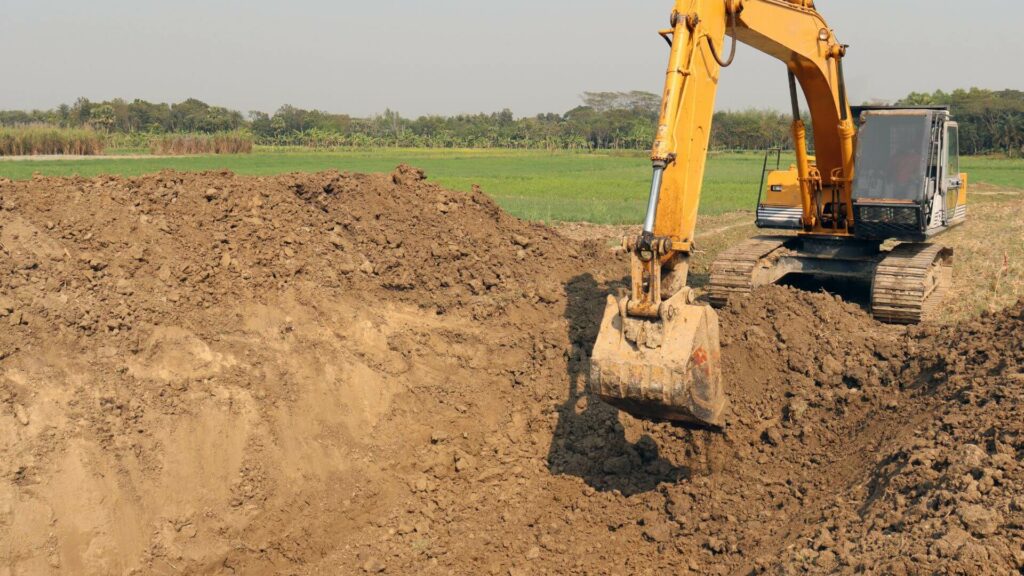
Land clearing is a vital step in preparing land for construction, agriculture, or other developmental purposes. Whether you’re looking to build a new home, start a farm, or simply make your land more usable, understanding how land clearing is done is crucial.
This guide will take you through the various methods of land clearing, their implications, and the benefits and drawbacks of each approach.
By the end, you’ll have a comprehensive understanding of the land clearing process and be better equipped to make informed decisions about your property.
Methods of Land Clearing
Manual Clearing
Manual clearing involves the use of hand tools such as machetes, chainsaws, axes, and shovels to remove vegetation. This method is labor-intensive and time-consuming but is ideal for small areas or sensitive environments where heavy machinery might cause damage.
Manual clearing allows for precise removal of specific plants and trees, making it suitable for preserving certain features of the landscape.
Mechanical Clearing
Mechanical clearing employs heavy machinery like bulldozers, excavators, and tractors to clear large areas quickly and efficiently. This method is effective for large plots of land but can lead to soil compaction and erosion if not managed properly.
Mechanical clearing is often used in commercial and residential development projects where speed and efficiency are paramount.
Mulching and Grinding
Mulching and grinding involve using specialized machinery to grind vegetation into mulch, which can then be spread across the land to improve soil quality. This environmentally friendly method reduces waste and provides organic material that enriches the soil.
However, the equipment needed can be expensive, making it less accessible for small-scale projects.
Controlled Burning
Controlled burning, or prescribed burning, uses fire to clear vegetation. This method can be quick and cost-effective but carries significant risks, including the potential for the fire to spread uncontrollably.
Controlled burning is often regulated and requires permits, making it necessary to check local regulations before proceeding.
Using Livestock
Using livestock, such as goats or pigs, to clear land is an eco-friendly method that can be effective for small areas. These animals naturally graze on vegetation, gradually clearing the land.
While this method is slow, it minimizes environmental impact and can be cost-effective in the long run.
Implications of Land Clearing
Environmental Impact
Land clearing can have significant environmental implications. The removal of vegetation can lead to soil erosion, loss of biodiversity, and disruption of wildlife habitats. It’s important to consider these factors and implement erosion control measures, such as silt fences or mulching, to mitigate negative impacts.
Soil Quality
Clearing land can improve soil quality by removing competing vegetation and providing space for new growth. Methods like mulching add organic material to the soil, enhancing its fertility and structure.
However, improper clearing methods, such as excessive use of heavy machinery, can degrade soil quality by causing compaction and reducing its ability to retain water and nutrients.
Safety and Aesthetics
Land clearing improves safety by removing hazards like dead trees and overgrown vegetation that can obstruct views and pose fire risks. A cleared and well-maintained property also enhances its aesthetic appeal and can increase its market value.
This is particularly important for residential and commercial developments where appearance and safety are top priorities.
Economic Considerations
The cost of land clearing varies widely depending on the method used, the size of the area, and the type of vegetation. Mechanical clearing is generally the most expensive due to the cost of equipment and labor, while manual clearing and using livestock can be more budget-friendly but time-consuming.
It’s important to balance the cost with the benefits and potential long-term savings from improved land usability and property value.
Insights and Perspectives
While land clearing is essential for development, it’s important to consider alternative perspectives and methods that balance efficiency with environmental responsibility. Sustainable land clearing practices, such as using mulching and controlled burning under regulated conditions, can minimize environmental impact. Additionally, incorporating methods like manual clearing or using livestock can preserve the natural landscape and promote biodiversity.
Understanding how land clearing is done is crucial for any land development project. Whether you opt for manual, mechanical, or eco-friendly methods, each approach has its benefits and drawbacks. By weighing these factors, you can choose the method that best suits your needs and goals.
Curious about how is land clearing done for your project? At Ace Pro Forestry, we offer expert advice and professional services to help you clear your land efficiently and responsibly. Connect with us now to kick off your experience!


